#Fens
Text

Over the Bridge
#photography#nature#travel#photooftheday#art#naturephotography#nikon#nikonphotography#photographers on tumblr#love#digital photography#original photographers#original art#artist on tumblr#hobby#roadtrip#fens#naturephotographers#nature phototgraphy#naturephotographer#nature lovers#wild#summer#nikon5600#nikonpictures#nikon photography#beautiful photos
888 notes
·
View notes
Text

Léon Spilliaert (Belgian, 1881-1946), The High Fens in Summer, 1938. Watercolour and gouache on paper, 34 x 49 cm.
158 notes
·
View notes
Text
Becoming one with the bog
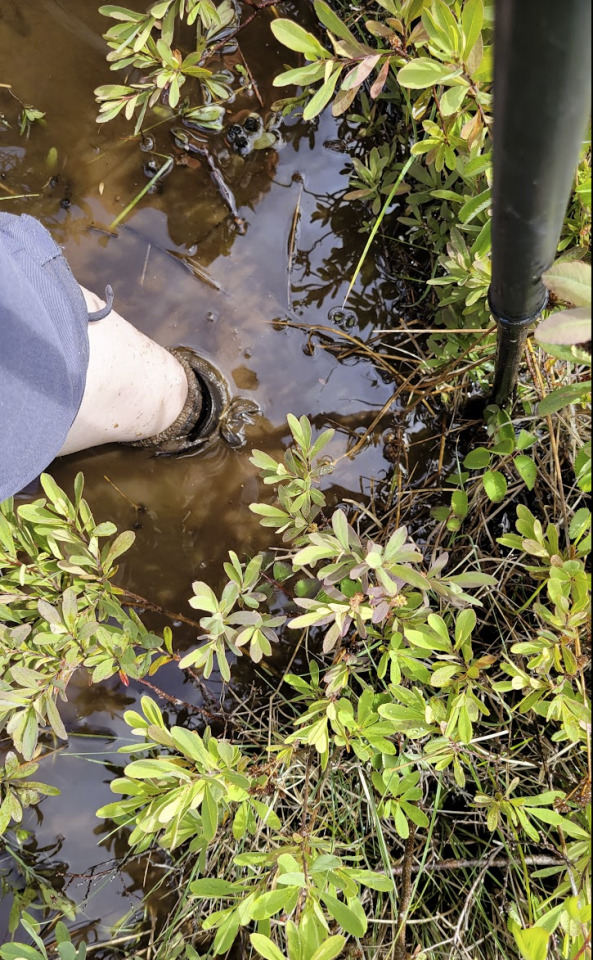

It was technically a 'poor fen', not a bog in the strictest sense, because it's ground-and-surface water fed, not reliant entirely on rain. It's still on the acid side of neutral and dominated by sphagnum moss. The acid and lack of oxygen in the water mean the plant matter doesn't fully decay, which forms the 'peat' of the peat bog, and the sphagnums help make sure it all stays that way.
The peat fen is a sensitive ecosystem, and it's totally possible to sink one of the 'dry' feeling hummocks (they're NOT dry, they're lying; sphagnum can hold a huge amount of water), so you don't walk from hummock to hummock; you avoid them and wade through the water and mud.

It makes very satisfying SSHCHLORP and GLOOOP sounds, stealthily tries to eat your feet if you stand still too long, and it bounces. The ground was actually something like 20 feet below us; we were walking on the peat. I think they said that 90% of the water was in that peat, with 5% below and 5% above. Not sure I've got the numbers right, but picture a giant neutrally buoyant sponge. With a landscape on top of it. It is sproingy.
Bounce, and the shrubs and stunted trees bounce with you, or whatever that saying is.

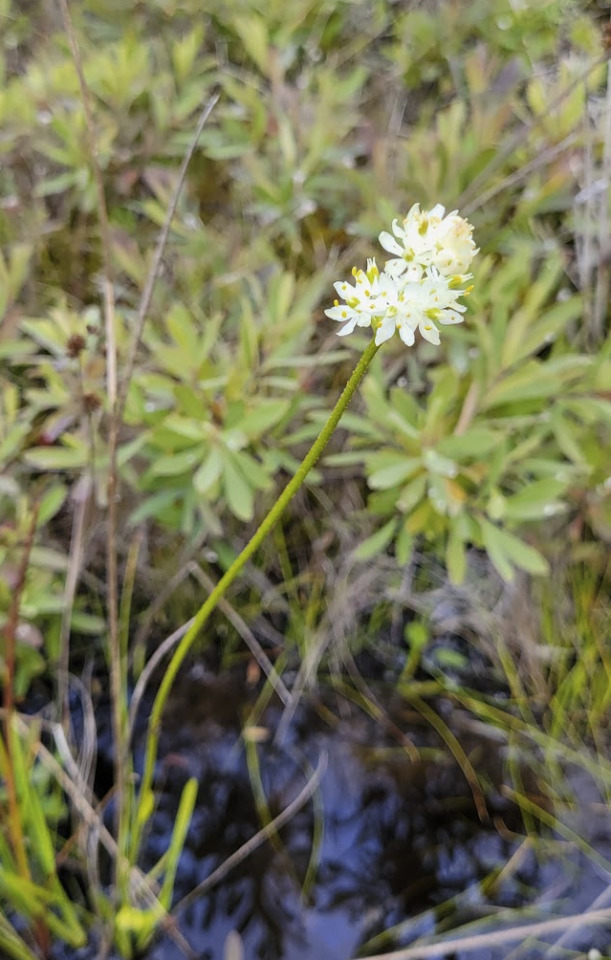
We saw three species of carnivorous plants. I didn't get a picture of the bladderwort, but the left is a Washington native sundew, and the right is sticky false asphodel, which was only discovered to be carnivorous in 2021.
I also took lots of pictures of pond lilies, which aren't specific to this environment but are really cool looking:



They also make it warmer inside their flowers. That's part of why all the lil' bugs are there! Pond lilies be making it cozy. Swamp lantern (skunk cabbage) also generate heat — and they create their own little 'wells'; clear space in the sphagnum hummocks. None of my pictures captured it well, but it's quite weird. Like little variations on the massive "plant shaping it's environment" theme that the sphagnum moss started.
And that, it turns out, is the true lure and danger of the fen. Not just that it could schloop you under (I only fell on my ass once, and it was sproingy). Not will-o-the-wisps. No, the true mystery is the sphagnum hillocks themselves.

Mounds of moss rising a foot or more above the water, red, brown, chartreuse, and yellow. They look like little hills, but it's moss, moss, moss, all the way down. You can wiggle your hand right down inside it. It's incredibly soft, and it's warm.
I can just imagine someone, weary from their bog slog, starting to miss their footing in the gloop, falling prey to the siren song of the Forbidden Coziness. They lay down (crushing numerous delicate plants as they do). They wriggle in. They fall asleep.
Several thousand years later, a lucky archeologist finds another bog body.
#fens#bogs#peat bog#Washington state#botany#become one with the bog#pacific northwest native plants#pacific northwest#plant nerd#so much mud#schloop schloop schloop#carnivorous plants
42 notes
·
View notes
Text
OURGH I FORGOT TO DO FEN OF THE DAY YESTERDAY, WHICH MEANS I GOTTA DO A DOUBLE ORDER TODAY

For today's first fen of the day: A gamer at work

Aaand for today's second fen of the day: A distinguished fops
#hats photos#fen of the day#photo of me#yesterday was busy my apologies#big ol emotional rollercoaster#(and a whole lotta crunch to finish that sequence)#anyways#FENS
39 notes
·
View notes
Text


Áflafjordur, Iceland - October 9th 2023
#original phography#nature#photographers on tumblr#fens#iceland#westfjords#autumn#alpine tundra#rain
53 notes
·
View notes
Text
Using the poetry of 'peasant poet' John Clare, Martha Kearney visits Helpston and Fen Edge to understand how the landscape has changed since his day. The sounds Clare would have heard in the early 1800s before the Enclosures Act would have been very different from what we hear today. Aside from the obvious sounds of modern technology, cars and aircraft, Martha learns how the draining of the fens changed species habitats and meant some birds and animals have disappeared from the landscape. The bittern, corncrake and 'whaddon organ' frog have all gone, but in their place other species have made this unique part of the countryside home.
Dr Francesca Mackenny from the Cardiff University Sound of Nature project uses Clare's poetry to help us listen to the landscape. Richard Astle from the Langdyke Trust takes Martha to Swardywell Pit - a piece of land Clare knew well that has been restored from being a landfill site and transformed into a thriving nature reserve, but now populated with different flora and fauna than Clare would have encountered.
Martha then travels further into the fens to meet Rex Sly in Crowland whose family have farmed in the area for more than 500 years. As well as farming, Rex has also written books and poetry about the area in the style of John Clare. His great-grandniece Lucy tells Martha why she felt drawn back to the Fens to help preserve the landscape after leaving to study at university in Edinburgh.
#acoustic archeology#Cambridgeshire#Lincolnshire#poetry#john clare#nature#enclosure act#fens#conservation
7 notes
·
View notes
Text
#ducktales#ducktales 2017#amphibia#ducktales fanfiction#amphibia fanfic#ducktales fandom#amphibia fandom#donald duck#gladstone gander#mayor toadstool#leopold loggle#hop pop plantar#sprig plantar#felicia sundew#mr flour#bog#fens#mires#disney fanfiction
9 notes
·
View notes
Text


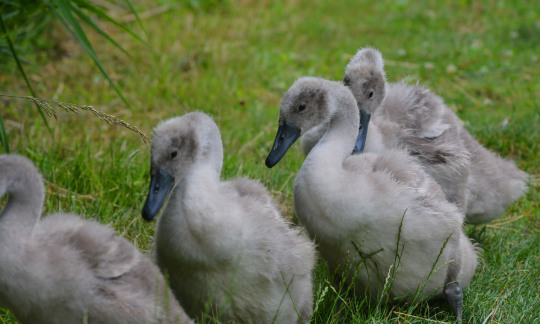

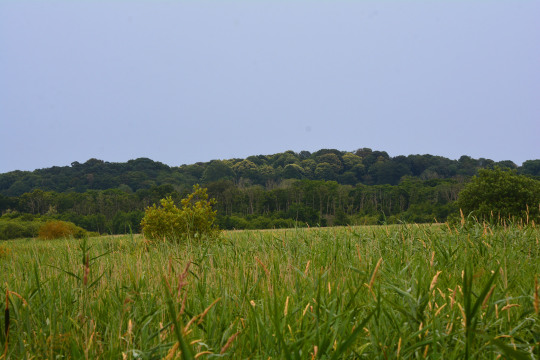
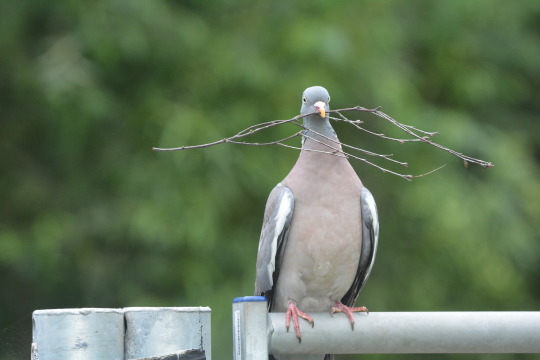

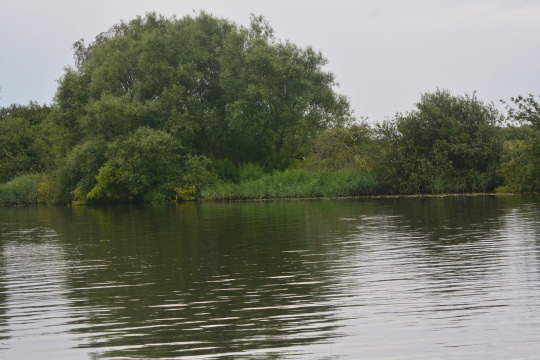


09/07/2023-RSPB Strumpshaw Fen
Pictures taken in this set: 1. A lovely Grey Heron, a key bird of the weekend trip. 2. The majestic Marsh Harrier we so enjoyed seeing from a hide, seeing others well on the walk round. They are such beautiful and striking birds, one I do really love seeing and I've had a fantastic year for them so far. 3. Follow the leader: Mute Swan cygnets. 4. Delicate meadowsweet and great willowherb. 5, 7, 8, 9 and 10. Views at this picturesque Fen reserve including of the expansive and lovely River Yare. 6. A Woodpigeon with a twig in its mouth on a gate which was a feel good and quirky image to take away from the day.
It really was a brilliant walk round this rich reserve, with seeing my first ever Norfolk Hawkers - exquisite emerald eyed dragonflies dashing around stream and vegetation - the key moments from the day. I feel so lucky we saw them. Brown Hawker, Black-tailed Skimmer, Emperor, possible Southern Hawker and Common Blue Damselfly, Banded Demoiselle and darter were other great dragon and damselflies to see. Comma, Red Admiral white butterflies including Small White and Green-veined White I believe, Large Skipper, Silver Y moth, Kestrel, Sedge Warbler, Jay, Swift, Common Tern, Great Crested Grebe and chicks which was good to see somewhere different to Lakeside, Little Grebe, Mallard and ducklings, Great White Egret a very key bird of the weekend away, ladybird, possible ladybird larva, Common Red Soldier beetle and a marvelous Muntjac Deer shuffling over the path right at the end - a magical and euphoric moment I love seeing them - were other highlights. Other key plants of the many seen on the walk were hemp agrimony, purple and yellow loosestrife, white clover, pineappleweed, heath-spotted orchid, self-heal, herb-Robert, red campion, marsh bedstraw, hedge woundwort, thistle, bird vetch, valerian and plantain.
#photography#nature#uk#england#happy#world#norfolk#east anglia#fens#strumpshaw fen#rspb strumshaw fen#common red soldier beetle#muntjac deer#photos#hampshire#flowers#birdwatching#birds#purple loosestrife#yellow loosestrife#norfolk hawker#brown hawker#great white egret#grey heron#common tern#great crested grebe#walk#hedge woundwort#europe#2023
11 notes
·
View notes
Text
WHEN will my mutuals start getting into freshwater wetland ecology??
Your local fens and bogs are right there! Absolutely full of the weirdest most fucked up little things
(and prob needing protection idk look up your wetlands, they're a big regulator for ehhh everything and the (only) home to the strangest shit oh my god can we talk about the bog creatures)
#bogs#fens#wetlands#there's carnivorous plants and weird little birds and don't even get me started on the moss#like don't go to them you can absolutely get hurt or fuck up the wetland#but please check out what's going on in there it's WILD
9 notes
·
View notes
Text

Snowfall in the fens. ❄️💨☃️
#snowy night#snowflake#snow angel#snow storm#snowing#snow#first snow#snowstorm#bomb cyclone#boston blizzard#blizzard#boston photographer#boston architecture#boston artist#boston apartments#boston accent#fens#fenway park#Fenway#north eastern#new england photography#new england#new england landscapes#walking at night#night photo walk#snow photography#snowfall#winter wonderland#boston university#nieve
4 notes
·
View notes
Text
The Shieldmaiden's Honour - locations
The Shieldmaiden's Honour - locations
#ancientrome #roman #histfic #writing #britannia #frankia
Busy day today – finished proof-reading of the final manuscript of “The Shieldmaiden’s Honour“, and reached a one-third point in the first draft of Madron’s last story, “The Shieldmaiden’s Throne” – soon out for pre-order. It’s some two weeks until the “Honour’s” release, so it’s about Ttime for the traditional Locations post.
This time, Madron ventures into lands we haven’t seen yet in the Song…
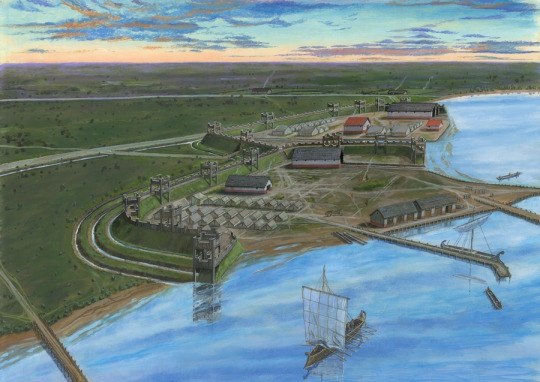
View On WordPress
#ancient rome#anglosaxon#belgium#britannia#england#fens#france#frankia#frisia#geography#history#lincoln#lincolnshire#locations#maastricht#map#netherlands#nijmegen#publishing#shieldmaidens honour#shieldmaidens pride#song of britain#song of madron#writing
3 notes
·
View notes
Photo

halle 2022
5 notes
·
View notes
Text
nothing scarier than activity on an old post.....where did u find that thang
58K notes
·
View notes
Text
So i bought Day Dream Hour and I found. This image. Of izutsumi and i can’t stop laughing

30K notes
·
View notes
Text
Wetlands Advocacy
Effective advocacy for wetlands protection involves two different kinds of activity
•Making sure that wetlands-disturbing permit applications are focused on environmental values. This involves researching the permit applications and presenting well-timed and well-informed critiques of permit applications to permitting agencies.
•Organizing grassroots resistance to wetlands-disturbing activities
GET INVOLVED EARLY
Protecting wetlands begins with land use decisions: in most cases, once land has been rezoned for development, the wetlands-disturbing permits will be issued
Keep in constant contact with local planning department officials regarding the land you want to keep open. Let them know that you are watching and interested in any zoning or land use decision regarding that land.
Watch for postings of rezoning hearings or planning commission hearings regarding the use of that land. There will be physical postings of signs on the property as well as notices in the local paper or in the agenda of the local government planning commission.
LEARN ABOUT WETLANDS AND LEGAL PROTECTIONS
Learn about wetlands, the benefits they provide, where they are found, and how to tell what a wetlands is. Locate wetlands in your area.
Learn about wetlands laws and regulations – remember these parts of our landscape are so valuable that laws have been passed to protect wetlands. However, it takes some work to understand the wetlands laws and regulations and how to use them to protect wetlands.
JOIN WITH OTHERS TO PROTECT WETLANDS
Find others in your community who care about wetlands. Make wetlands protection a part of organizations to which you belong – civic leagues, service organizations, religious organizations,and the like.
Wetlands permits seek to strike a balance between the protection of wetlands and the economic gain coming from development. A permit can only be issued if the economic advantages of the permitted activities outweigh their costs to the environment. In addition, regulators are supposed to take into account ALL of the development that has taken place nearby, so that the cumulative impact of a proposed development is considered.
Usually, the only parties to the permitting process are the permit applicant (usually a developer or homeowner) and regulatory agency staff member. The regulators are burdened by having two conflicting objectives: to protect the environment and to serve the permit applicant. It is easy to see that, with the permit applicant pushing hard for his or her permit, environmental protection can suffer. In addition, there are economic and political pressures on regulators to issue permits expeditiously.
That is why we need advocacy for wetlands protection. Without advocacy, the regulatory system is like a stool with two legs. It cannot fulfill its function, which is to balance individual property rights with the community’s right to a healthy environment. Advocacy is the “third leg of the stool."
In trying to balance costs and benefits, the regulatory system is set up to be adversarial. The regulatory system best protects environmental interests when the regulator is pressed by the person wanting to disturb the wetland on one hand and an advocate for conservation and recreation needs on the other. Unless wetlands advocates are willing to study how the wetlands regulatory system works and become part of the decision making, the system cannot adequately protect wetlands.
It is also important to start early with advocacy work, well before a permit application is filed. protecting wetlands starts with land use decisions. Too often, when the land use has changed, the wetland permit will be issued.
For those special places along the water, you need to keep an eye out for land-use changes and rezonings. These will be posted on the land in question before the local government holds hearings on the land use change. You can keep in touch with your local planning department to keep an eye out for those changes as well, especially if you hear that development plans for a favorite piece of land are in the works.
Remember that the regulatory process balances environmental benefits against economic gains and most permits require avoiding damage “to the extent practicable.” What this means in effect is once a land has been zoned for development, it gets harder and harder to strike an environmentally sound balance. The economic gain becomes more important as a person’s right to develop the land is approved by local planning departments.
So start early and keep your eyes on the land that is important to you.
More in link! The writers acknowledge that this was written with a Virginia-specific framework in mind, but stress that much of it is relevant to locales beyond that state
2 notes
·
View notes
